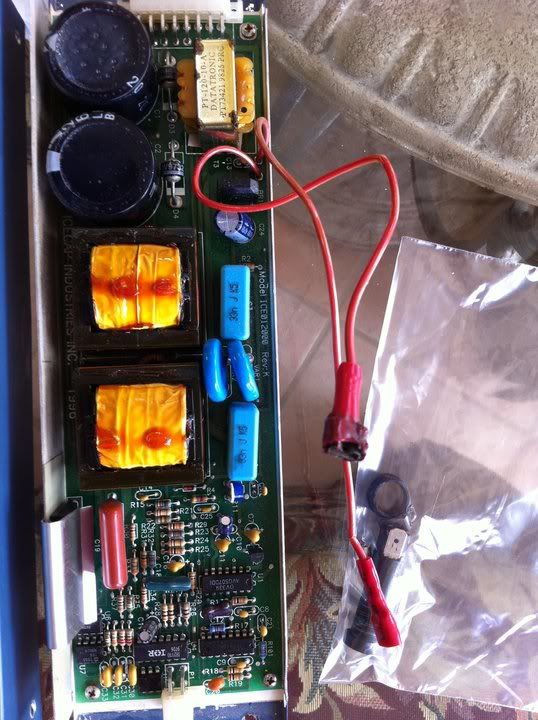northbay-reefer
Guest
Want to see what an Icecap looks like from the inside?  I am determined to fix this thing.
I am determined to fix this thing.
The circuit is not that complicated, the first thing I am going to replace is the fuse connector, it's totally melted due to the heat. and if that doesn't help then I think the culprit is the two large capacitors.

The circuit is not that complicated, the first thing I am going to replace is the fuse connector, it's totally melted due to the heat. and if that doesn't help then I think the culprit is the two large capacitors.



